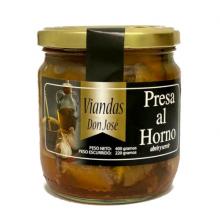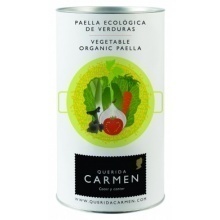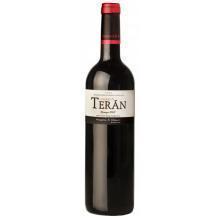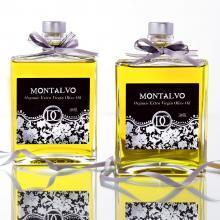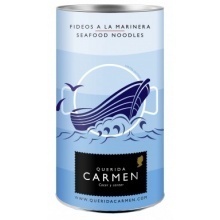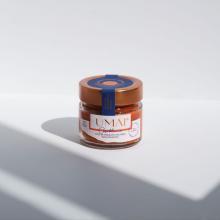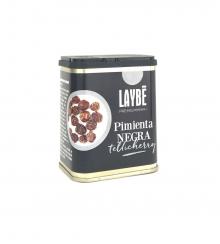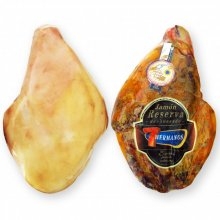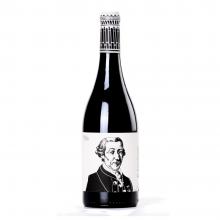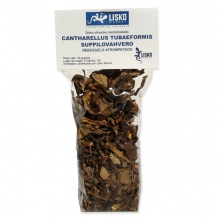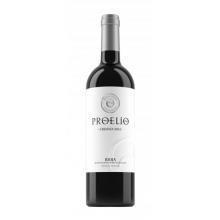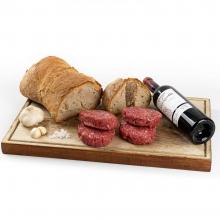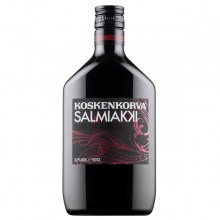

Ayúdanos a compartir. De profesional a profesional.
Comparte esta noticia con tus contactos!
Compartir en Facebook Compartir en Twitter Compartir en LinkedINKebabs: their history, what they are and where the hell do they come from
The term kebab means "grilled meat", "grilled meat" and refers to various grilled meat dishes in many countries, generally in the Ottoman area and Persian countries (including northern India). , the term in the West is only used in specific reference to the sandwich with a core of grilled meat in a grill or döner kebab, and by extension, the type of restaurant that serves it.
Among the most common döner kebab that is equivalent to the term, shawarma (and its variants) is used in the Middle East. These terms refer to all meat and its method of preparation or the corresponding sandwich.
In Germany, where it is known that the first döner kebab in Europe originated, it has been particularly successful, they serve more than a million kebabs a day and it is the best-selling fast food. In Spain, kebab restaurants first appeared in the big capitals and then spread to the rest of the cities. In Spain, veal, together with mixed chicken and veal, are the most consumed in establishments, but the offer also extends to lamb. The latest trends also lead to cooking turkey, beef and even fish fillets.
The Greek, Turkish, Iranian or Iraqi people can claim the paternity of the lamb recipe, but it is a German who invented the famous turkey recipe.
Types of kebabs
The pita kebab with chips in Europe is usually a sandwich or a pastry made of meat grilled on a grill and cut into thin slices, served in bread with salad, chips and sauce. The type of grill used for kebap in Turkish is called döner, a term that literally means “rotating grill.”
This is a practice that probably originated in Anatolia and known since the Middle Ages as the traveler Bertrandon Bourguignon wrote, during his visit in 1431. The meat is cut a few millimeters thick and stacked in a vertical roaster.
In an electric current the system or gas burners are located behind the tower which allows the meat to cook.
Once cooked, the meat is cut vertically into thin slices. It can be made with various types of meat, according to the customs of each country: Lamb, veal, turkey, chicken, pork. The döner kebab is served in Turkish bread, bread or half a loaf, in the case of a "classic" kebab, but often in a dürüm or a pita.
It is served with lettuce, tomato and onion, although other vegetables can be added. Different sauces can also be added. One of the most common is the white sauce, a type of sesame sauce (Tahina) that is more or less spicy. We also find samurai sauce, pink sauce, mayonnaise sauce, Harissa, tzatziki, tomato sauce, mustard sauce or Andalusian. Each sauce can be elevated by adding Biber Pul, the red pepper.
Originally, the kebab was the food of the Persian kings and in ancient times, the Iranians only consumed it once a year in Nowruz, the new year of the Persian calendar. However, today the kebab is not only consumed almost daily in every Iranian and Turkish household, but has become the number one selling fast food in the world.
In Istanbul, East and West joined hands and the Turkish version of the union between Asia and Europe bequeathed to the Old Continent.
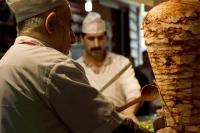

El chef Martín Fernández, del restaurante Bágoa Gastrobar (Orense), se ha...

Tras el éxito de su cuarta edición, marcada por un lleno total tanto de...

El Parque Natural Bahía de Cádiz ha dado este pasado viernes la bienvenida a...

La carne de pitón es un tipo de carne exótica que proviene de las serpientes...

El consumo de algas en España ha experimentado un aumento en los últimos...

Es un hecho que la cultura alimentaria está cambiando, los motivos son varios,...
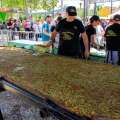
El Ayuntamiento de Huétor Tájar (Granada) y las cooperativas locales han...
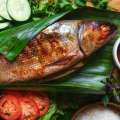
En Camboya, la comida principal para los residentes locales es el arroz, y la...
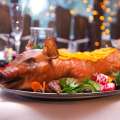
La guía turística y gastronómica 'TasteAtlas', que recopila platos...
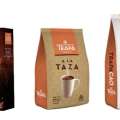
Chocolates Trapa acaba de lanzar una nueva referencia: Trapa 100% cacao...

En la prestigiosa región vinícola de Rueda se encuentra La Seca, una de las...
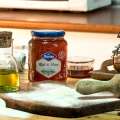
Un estudio de la empresa sevillana Miel Doray calcula que el consumo de miel en...








